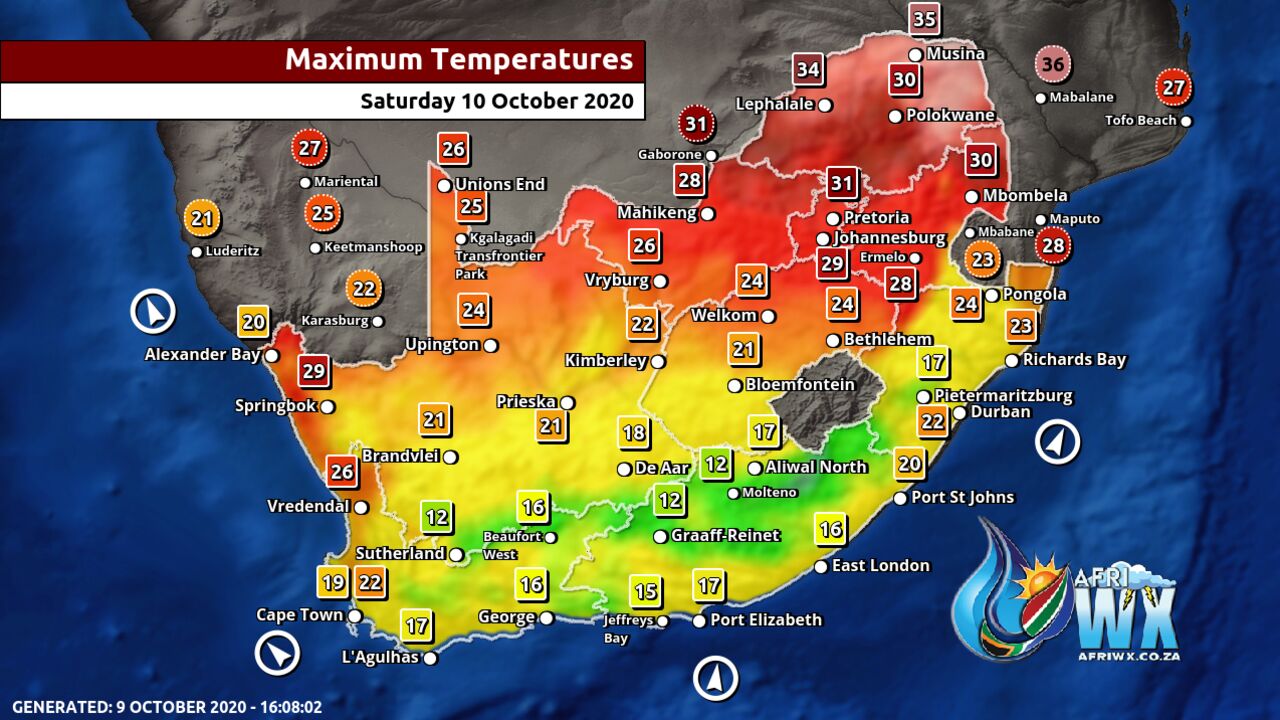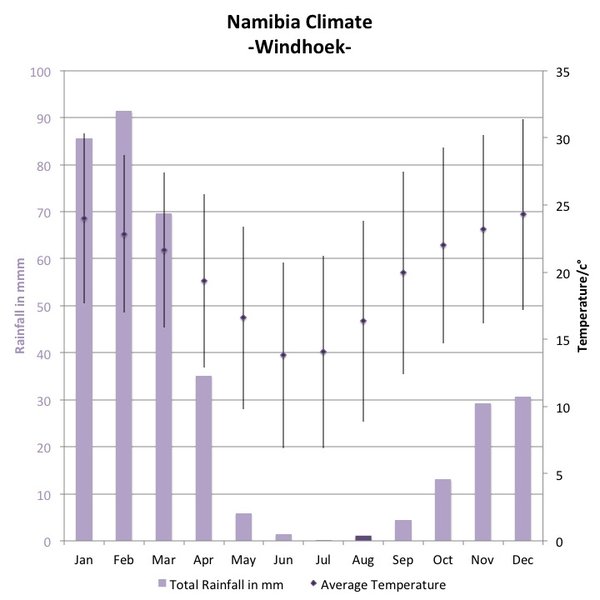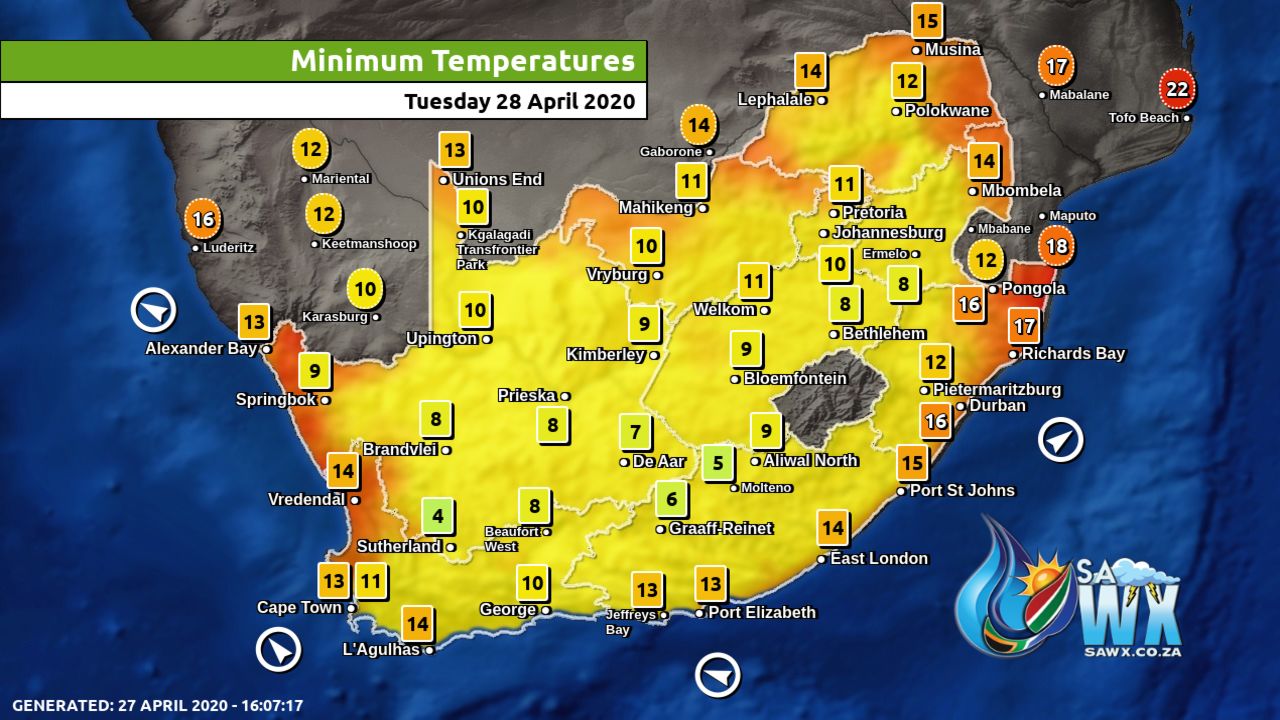
The coast is not advisable for beach tourism, but rather for watching birds, or animals such as sea lions at Cape Cross, as well as the remains of shipwrecks of the past centuries on the Skeleton Coast to the north. To understand how strong is the cooling influence of the sea, it's enough to say that in summer, the temperatures in inland areas are higher than on the coast even above 1,500 meters (5,000 feet) of altitude.

In addition, it's sufficient to move inland for not too many kilometers, to notice the tempering effect of the sea in fact, as you move away from the coast, the air temperature increases rapidly, at least during the day and in summer. Here are the average temperatures of Swakopmund, in the central part of the coast.Īlong the coast, the temperature can soar when the wind called Oosweer blows from inland, which can also cause sandstorms.

Temperatures are mild all year round, but with fog, humidity and wind, you can feel cold, especially in winter. The peak of the rainy season is from January to March.Īlong the coast, the climate is desert but mild: it almost never rains, but the air is humid and there are often fogs, mists and low clouds, especially in the early hours of the day. Winter is dry everywhere, while in non-desert regions (north and east) it rains in summer, from November to March, usually in the form of showers or thunderstorms in the afternoon. The rainiest area of Namibia is the north-east, where rainfall ranges from 500 to 600 millimeters (20 to 23.5 inches) per year. The latter is slightly rainier, and it's home to xerophyte plants such as cacti and other succulent species. The driest region is the coastal area, where the Namib Desert is located, as well as the south, where the Kalahari Desert is found. The country is home to nature reserves and parks of great beauty, like the Etosha National Park.īeing in the Southern Hemisphere, its seasons are reversed in comparison with Europe or North America, and the coolest period is from May to August. On the contrary, during winter, the plateau can get cold at night, with possible light frosts everywhere.

There may be blistering days from September to March in the north, from November to January in Windhoek, which is located at a pretty high altitude, and from September to Avril or early May in the center-south. Nevertheless, it can get hot in summer, especially at some distance from the sea and in areas located at not too high altitudes. As a result, the climate is cooler and drier than you might think. The country is crossed by the Tropic of Capricorn, but a cold current, called Benguela Current, flows along the coast, while the interior is occupied by a plateau. Namibia, formerly South-West Africa, has a sub-tropical climate, desert along the coast and in the south, and arid, but with a rainy season from November to March, in inland north-central areas and in the north-east. The plateau - Tsumeb, Windhoek, Keetmanshoop.


 0 kommentar(er)
0 kommentar(er)
